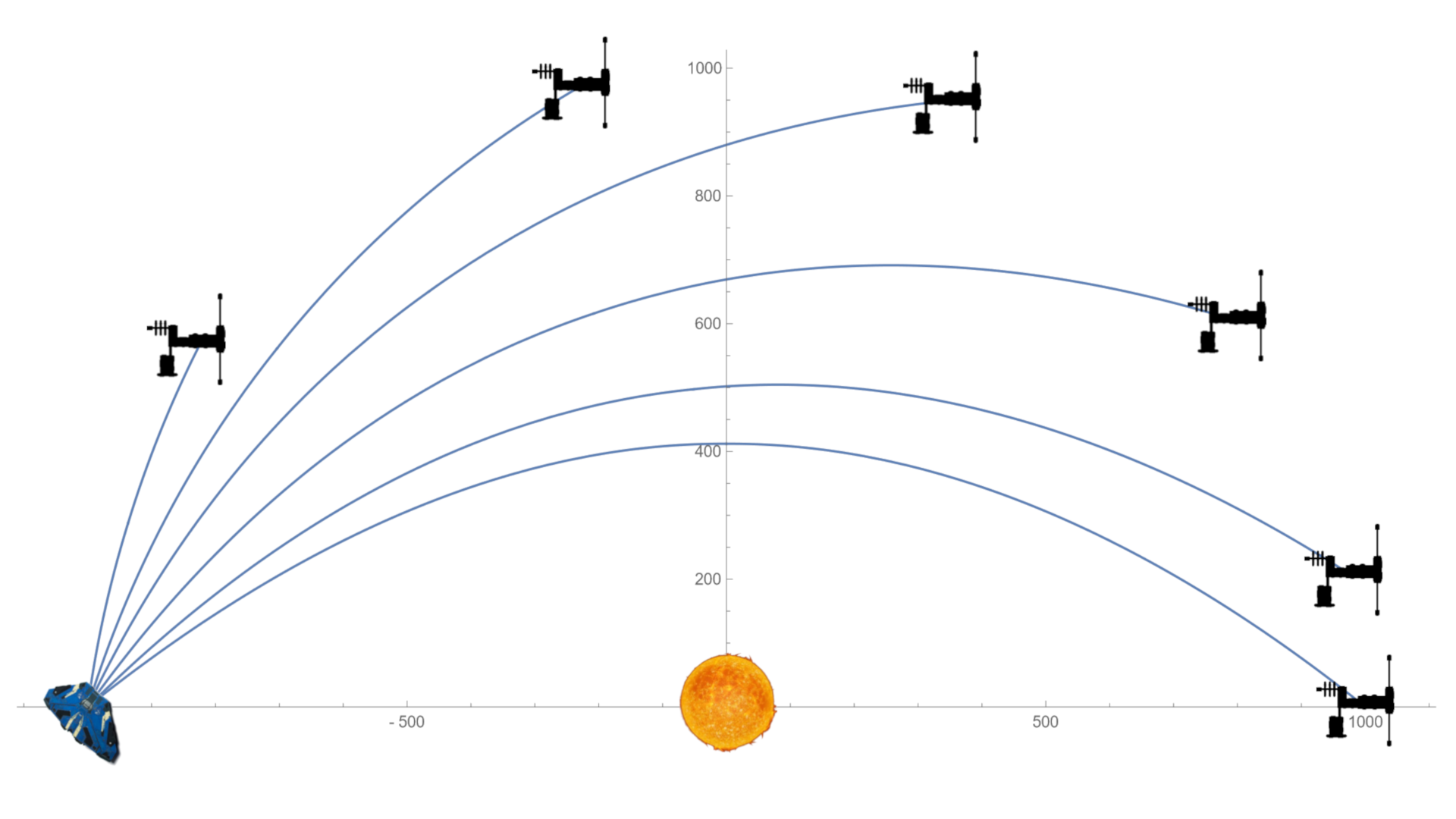Thought occurred to me: the Gravity Well slowdown is more than just a gamey mechanic...it's an implementation of relativity, representing spacetime distortion in (probably) the only way possible in a multiplayer game. The 'shortest' path from moon A and moon B on opposite sides of a gas giant is taking an arc along the line of orbit.
Question is...how accurate a representation is it? Have any player-experiments been done or info provided by the devs? Wouldn't surprise me terribly if it turned out to be based on real values.
Question is...how accurate a representation is it? Have any player-experiments been done or info provided by the devs? Wouldn't surprise me terribly if it turned out to be based on real values.


